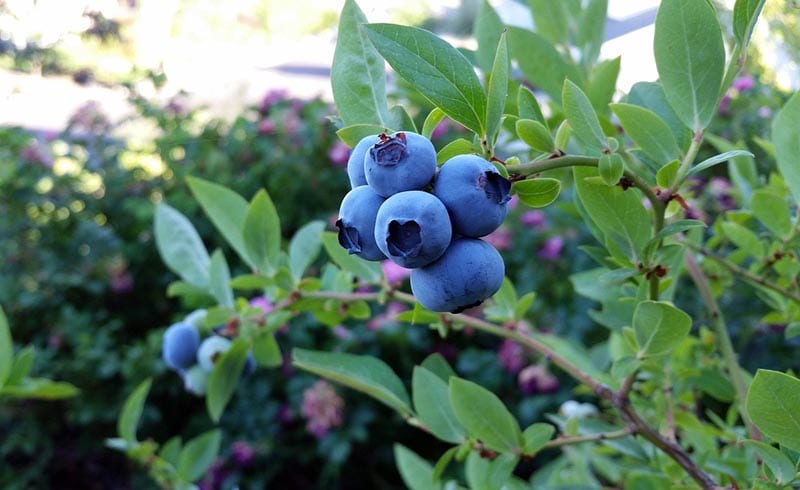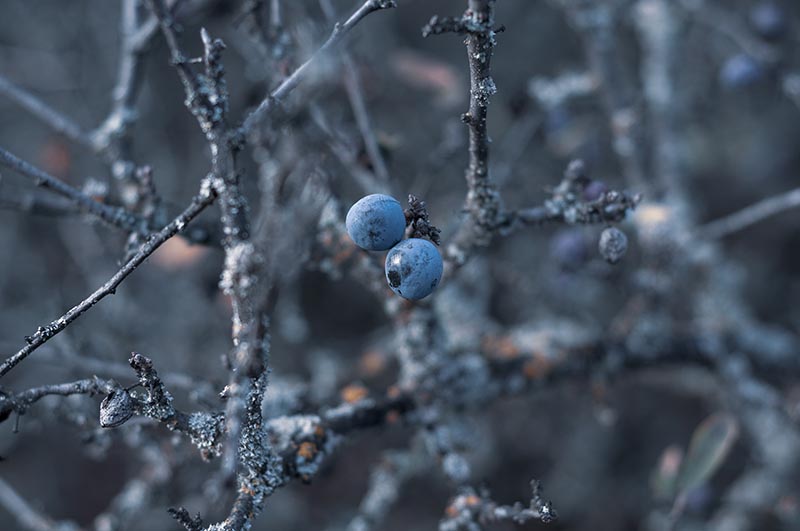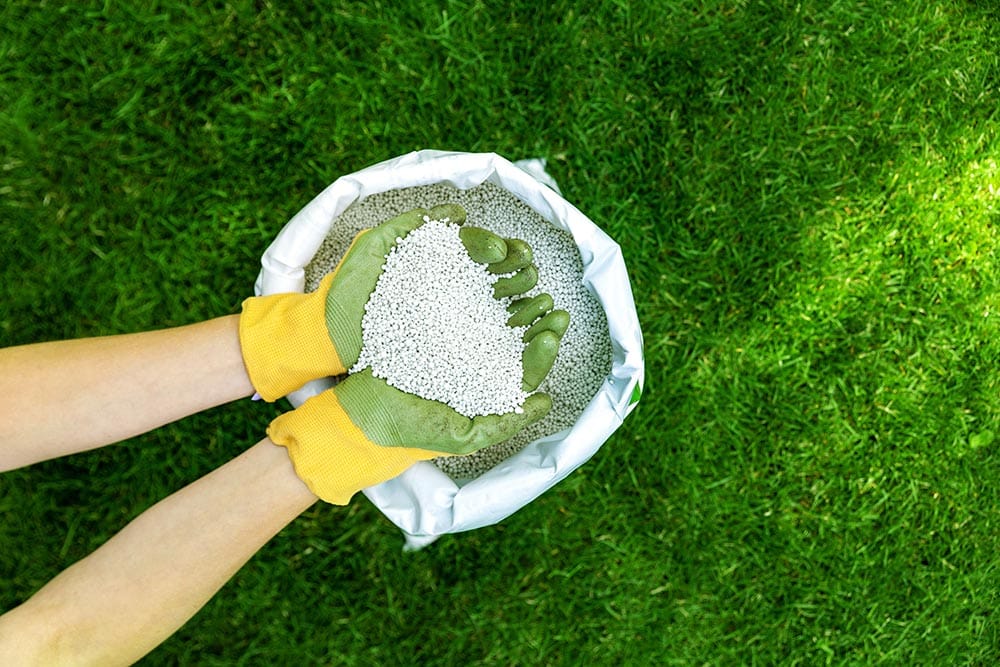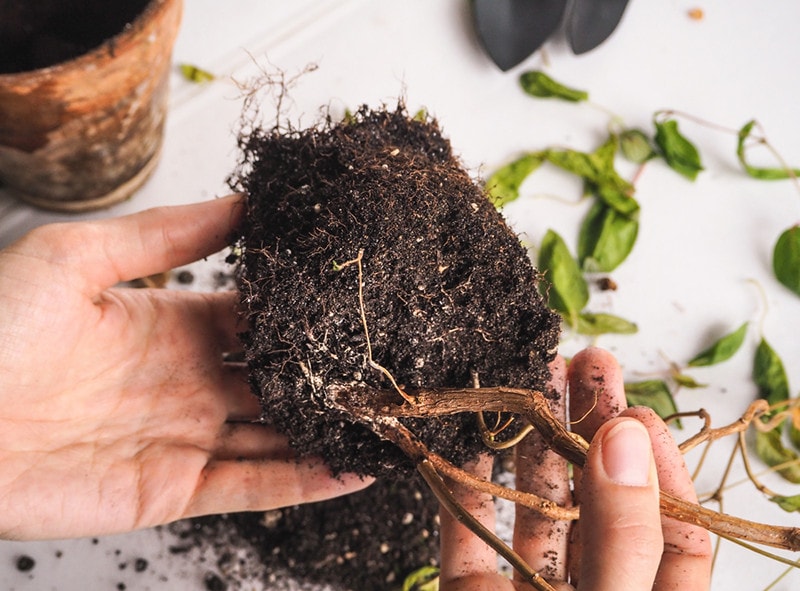Is My Blueberry Bush Dead? (4 Signs to Look For)
-

- Last updated:

Blueberries can be expensive because of the time they take to grow and the conditions that need to be met to thrive. This is one of the primary reasons people are proud of their bushes. They also look vibrant during the flowering and fruiting season and add color to the garden. Although they are a popular plant in most gardens, they might be challenging for a beginner to manage.
Despite having a long lifespan and excellent resistance to diseases and pests, they often die when the conditions are not met. In general, if you snap a twig or small branch of your plant and there’s no green inside, it may be dead or very close to it. The good news is that your bush can still be saved if you notice the warning signs early enough. In this article, we’ve highlighted the signs to watch out for, the causes, and what you can do to save your blueberry bush.
Top 4 Signs That Your Blueberry Bush is Dead or Dying
Here are key signs to watch out for:
1. It Has No Leaves

It’s not uncommon for your blueberry bush to shed leaves during winter. However, if spring and summer come and your bush has yet to leaf out, it might be dead or need special care. In this case, you can water it and transplant it to a location where it receives optimum sunlight and see whether the leaves grow back.
2. Leaves Turning Brown/ Yellow Too Early
Like most plants, blueberry leaves usually turn brown or yellow at the beginning of autumn, which is not a primary concern. However, if your leaves are turning brown too early before the season starts that’s a bad sign, and you need to act fast. Your bush is probably not getting the required water—it’s either getting too much or too little. It could also be a sign of low mineral content in the soil.
3. Dropping Fruits

If your blueberries are dropping from the bush before they are ready for harvest, the bush is dying. It could be due to over/under-watering, heat or frost, stress and lack of enough nutrients, or all these combined factors.
4. Wilted Leaves
Wilted leaves on your blueberry bush are a sign it’s not receiving enough water. It could also signify heat stress and transplant shock—if it’s due to the latter, it should recover quickly.
Why Is Your Blueberry Bush Suddenly Dying?
It’s always sad to lose a plant you’ve put much time and effort into nurturing. Blueberries are tough and don’t usually die suddenly, especially if the right conditions are met. Although it’s hard to tell the specific reason for your blueberry’s death, there are a few common causes.
Too Much Water
Blueberry bushes don’t like wet soil, and overwatering them might kill them. When the roots get too much water, they get weighed down, making it harder for them to absorb nutrients. Sitting in wet soil also leads to root rot, a significant cause of blueberry death.
Blueberries need about 1 inch of water in a week and 4 inches during the fruiting season. You can measure the amount of water using an automatic gauge. The soil should be just damp and not muddy or waterlogged. Ensure you let the soil dry out before watering it again to prevent it from getting water-logged.
Too Much Fertilizer
Fertilizer is essential for all plants since it provides the soil with much-needed chemicals and nutrients. However, unlike most plants, blueberries only require a small amount of fertilizer to grow and thrive. Applying too much fertilizer to the soil is harmful and might hinder their development, especially during the fruiting season, since it leads to the soil having more nitrogen than is required.
To avoid over-fertilizing your bushes, test the nitrogen levels in your soil often and only add fertilizer once a year, preferably during the onset of the rainy season. You should only apply fertilizer to the blueberry bushes when they get older, as they don’t need fertilizer during the first year.

Your Soil pH Is Too High
Most people don’t know this, but blueberries need acidic soil to thrive, unlike most plants that do well in neutral soil. The soil should have a pH of 4.5–5 and not higher than 5.5. Ensure you measure the soil pH before planting your blueberries; you can do this from the comfort of your home using a pH testing kit.
Luckily, there are ways of lowering the soil pH; the most effective is adding compost, such as kitchen waste and coffee grounds, to the soil. The organic matter decomposes over time and releases acid into the soil. The only downside to this method is it might take too long, and your blueberry bush could be dead by then. If you need a quick solution, consider adding a soil acidifier to your soil. It decreases the alkalinity of the soil, thus making the soil more suitable for your blueberry bushes.
Blueberry Bush Diseases to Be Aware Of
Despite not being the primary cause of most blueberry bush death, diseases still play a significant role. Some potential blueberry diseases include:
Leaf Rust
Leaf rust appears as reddish-brown spots on leaves, especially in the middle of the flowering season or during summer. The affected leaves may turn yellow and drop too early. Although this has little effect on the bush’s yield, it might die if the leaves refuse to grow back. Applying fungicides on the affected bushes can prevent the disease from progressing and spreading to other bushes.
Root Rot
Root rot typically occurs when the soil is too wet, and the roots get compacted and struggle to draw up nutrients. Although it rarely occurs in blueberries, it causes severe damage when it does. Infected plants are less vibrant and usually, look like they are wilting. Plants with root rot can die quickly or decline slowly over a few years. The only way to deal with root rot once it has spread is to remove and burn the infested bushes and fumigate the soil before growing another bush; this prevents the disease from spreading to healthy plants.

Blueberry Blight
Blight affects many plants and can be challenging to deal with. Some of the symptoms include black raised stomata on the canes and twigs. The spots can occur in clusters or singularly, depending on the extent of the spread. Blueberry bushes with blight may experience reduced fruit yield before they start dying. Blight usually develops during harsh winters and mostly infects young plants. The only effective way to deal with blight is by removing and burning all the infected twigs and applying fungicides before the next flowering season.
Necrotic Ringspot (NRS)
It may be hard to tell necrotic ring spots apart from leaf rust during the early stages. However, as the disease progresses, it leaves small blunt or lobed tips on leaves known as necrotic spots. In most cases, this disease spreads in a row or circular pattern in blueberry bushes and might be hard to control once it spreads, and the plants will eventually die.
To stop the disease from spreading to healthier plants, cut the infected bush and burn it. Also, ensure you fumigate the soil and practice crop rotation for a few years before planting blueberry bushes in the same spot.
Conclusion
From pests and diseases to overwatering, there are many probable causes why your blueberry bush is dead or dying. Luckily, most of these issues are avoidable, and you can save your blueberry bush from dying if you detect the signs early enough. In case of diseases, consult a plant pathologist to avoid making the wrong diagnosis and prevent the disease from spreading and reoccurring.
Featured Image Credit: Kari Dickinson, Pixabay
Contents

